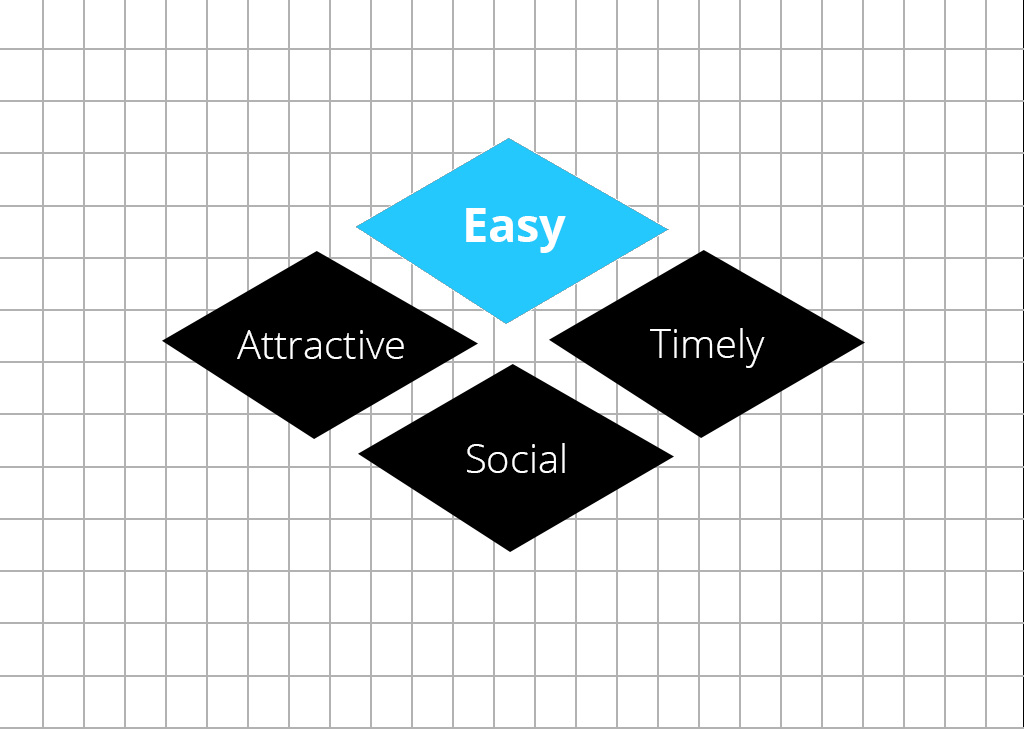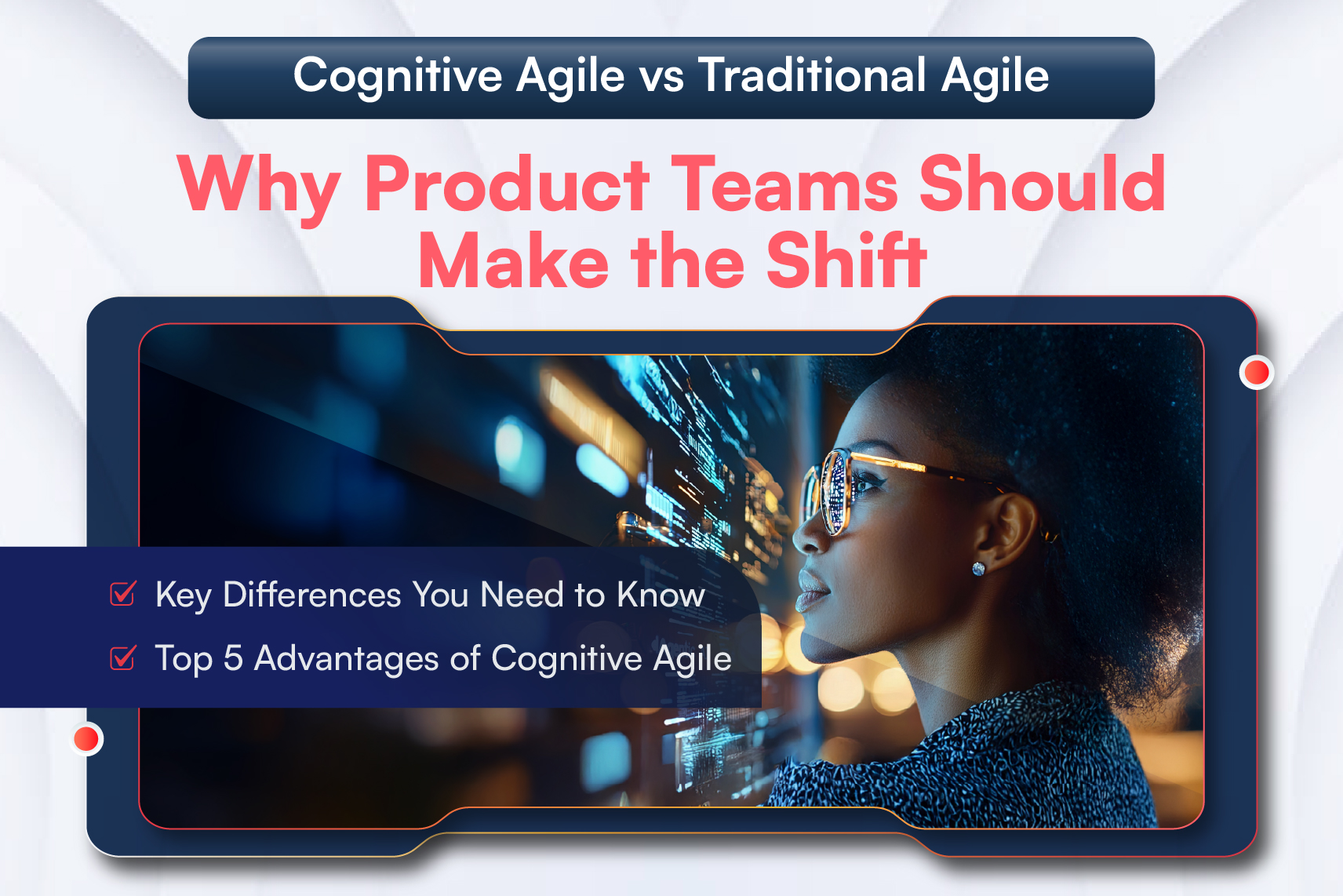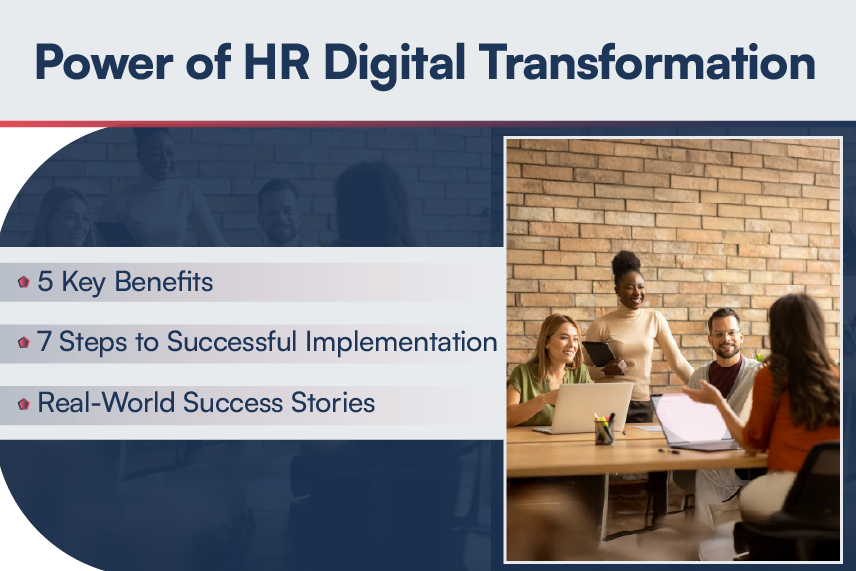
So where do we begin? Mark McCormack’s quote makes such an apt response to this question – ‘You don’t have to reinvent the wheel just attach it to a new wagon.’
A lot is already out there in the context of nudge which has been successfully practiced. You can simply build upon it. Just pick and choose what suits your situation best. It would be interesting to look at the variety and complexity of problems that are being solved by the nudge theory in application. Let’s look at a couple of examples. International institutions such as the World Bank and UN agencies have been trying to improve the basic standard of living for people across the globe. They have specific business units known as nudge units to deliver results. Another example is that of Richard Branson teaming up with economists to try and nudge Virgin Atlantic’s pilots to use less fuel, using a variety of behavioural interventions.
Possibly, by now, you have started getting a sense that not all of it is new exploration. There is already a starting point from where we could take it ahead. Now, let’s look at some important aspects which would help us in firming up our case for nudge-learning and give us a direction.
- The ‘Principle of Least Coercion’ can help us in establishing that nudging the learners is an optimal way to match their learning needs. Optimal nudging is all about preserving an individual’s freedom and in this case, it is all about giving our learners the freedom to consume content in a way best for them.
- The other important aspect is scalability. Nudging could be done at a varying scale, efficiently and without making it a very time consuming and costly affair.
- Another important aspect to consider is how to motivate learners for self-paced learning. Well, research on human motivation demonstrates that heavy-handed influencing methods can reduce an individual’s intrinsic motivation to behave in desired ways or even lead to oppositional defiance. Nudges are likely to avoid these adverse effects.
- We can also look upon the Behavioural Insights Team for more information. They had come up with a framework known as EAST (Easy, Accessible, Timely, Social) as a simple way to apply behavioural insights. This framework talks about making the learning accessible, as easy as possible, in a timely manner, and with the flexibility to collaborate socially.

Source- The Behavioural Insights Team
5. And eventually, it is about finding your organization’s sweet spot to implement nudge-learning – an area which can create substantial business impact and has measurable results. Let’s take the case of Virgin Atlantic and see where they found their sweet spot. They used nudges to steer pilots towards conserving fuel, and it produced results. Simply informing pilots that they were participating in a study of fuel usage was enough to save about 3 million pounds and also reduced carbon dioxide emissions significantly. The Virgin case demonstrates that people don’t need a shove to adopt desired behaviours. A nudge can be sufficient to achieve desired results.
We would love to know your thoughts on this topic. We would also be keen to know if you have a sweet spot where you would want to implement nudge-learning. In the next blog in this series, we shall focus on the various factors to be considered while designing an organization’s nudge-learning strategy. In case you would like to have a conversation, please feel free to drop us a line at contact@harbingergroup.com.






